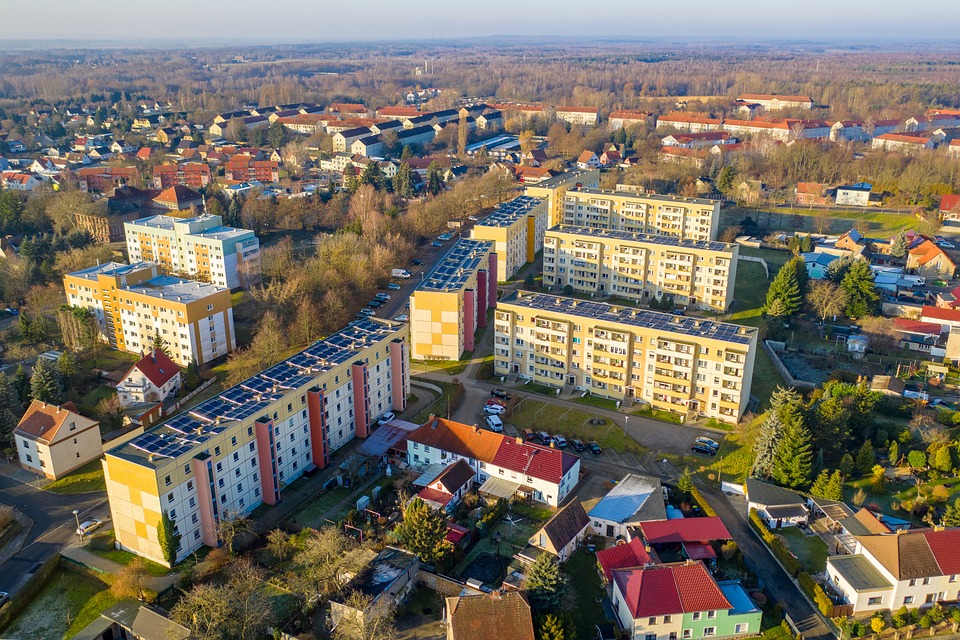The Latest Advances in Photovoltaic Systems Technology
The rapid advancement of photovoltaic technology has significantly contributed to the widespread adoption of solar energy as a clean and sustainable power source. As scientists and engineers continue to push the boundaries of innovation, the latest developments in photovoltaic systems have propelled the industry forward, making solar energy more efficient, affordable, and accessible than ever before.
1. Perovskite Solar Cells
Perovskite solar cells have emerged as a promising alternative to traditional silicon-based photovoltaic technology. These cells are made from a class of materials called perovskites, which have unique properties that make them highly efficient at converting sunlight into electricity. In recent years, researchers have made significant progress in improving the stability and durability of perovskite solar cells, addressing previous concerns about their long-term performance.
- Perovskite solar cells have demonstrated power conversion efficiencies exceeding 25%, rivaling the performance of conventional silicon-based solar panels.
- Ongoing research is focused on scaling up production methods to make perovskite solar cells commercially viable on a large scale.
2. Bifacial Solar Panels
Bifacial solar panels represent a breakthrough in photovoltaic technology by capturing sunlight from both the front and rear sides of the panel. This innovative design allows for increased energy production and enhanced efficiency, making bifacial panels an attractive option for solar installations in a variety of environments.
- Bifacial solar panels have the potential to generate up to 15% more energy than traditional monofacial panels, depending on factors such as installation orientation and ground cover.
- Advancements in module-level power electronics and tracking systems have further improved the performance of bifacial solar panels, maximizing their electricity output.
3. Tandem Solar Cells
Tandem solar cells, also known as multi-junction solar cells, are designed to overcome the efficiency limitations of single-junction solar cells by stacking multiple layers of photovoltaic materials on top of each other. This approach allows tandem solar cells to capture a broader spectrum of sunlight and convert it into electricity more effectively.
- Recent breakthroughs in tandem solar cell technology have resulted in record-breaking power conversion efficiencies, surpassing 29% in laboratory settings.
- Commercialization efforts are underway to bring tandem solar cells to market, leveraging their high efficiency and potential for cost-competitive energy production.
4. Transparent Solar Panels
Transparent solar panels represent a groundbreaking development in photovoltaic technology, offering the potential to integrate energy-generating capabilities into everyday materials such as windows, facades, and electronic devices. These see-through solar panels utilize innovative materials and engineering techniques to capture sunlight while maintaining transparency.
- The application of transparent solar panels in building-integrated photovoltaics enables architects and designers to incorporate sustainable energy generation seamlessly into the built environment.
- Researchers are exploring new manufacturing processes and materials to increase the transparency and efficiency of solar panels, opening up possibilities for diverse applications in consumer electronics and urban infrastructure.
5. Enhanced Energy Storage Solutions
Beyond advancements in solar panel technology, the integration of enhanced energy storage solutions is a critical area of innovation in photovoltaic systems. Energy storage technologies such as lithium-ion batteries, flow batteries, and hydrogen storage play a vital role in ensuring the reliability and flexibility of solar energy systems.
- The development of high-capacity, long-duration energy storage systems is essential for balancing the intermittency of solar power and meeting the increasing demand for clean energy on a grid scale.
- Emerging technologies, including advanced materials and novel battery chemistries, aim to improve the efficiency, cycle life, and sustainability of energy storage systems, enhancing the overall performance of photovoltaic installations.
Conclusion
With ongoing research and investment driving innovation in photovoltaic systems technology, the future of solar energy looks brighter than ever. From the rise of perovskite solar cells and bifacial panels to the emergence of tandem solar cells and transparent solar technology, the latest advances are revolutionizing the way we harness solar power. Coupled with progress in energy storage solutions, these developments are shaping a more sustainable and resilient energy landscape for the years to come.


Pingback: The latest advances in photovoltaic systems technology – Home Solar Sessions
Explore the ranked best online casinos of 2025. Compare bonuses, game selections, and trustworthiness of top platforms for secure and rewarding gameplaycasino slot machine.